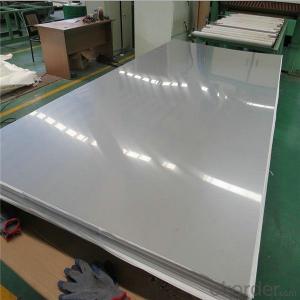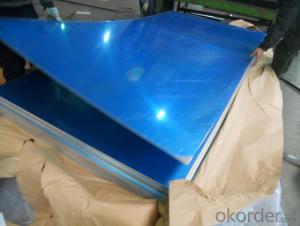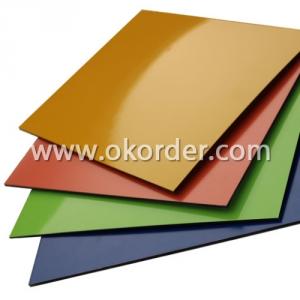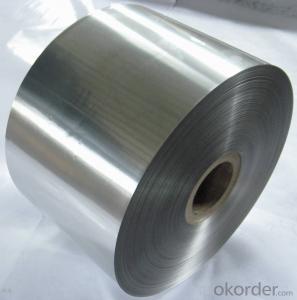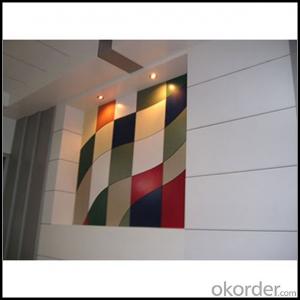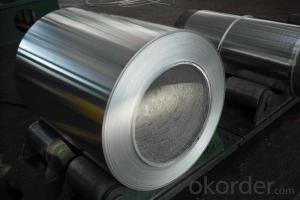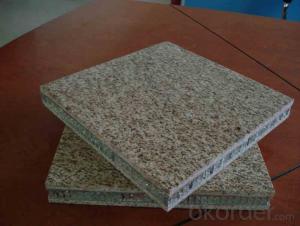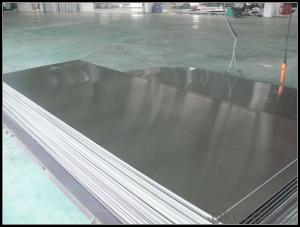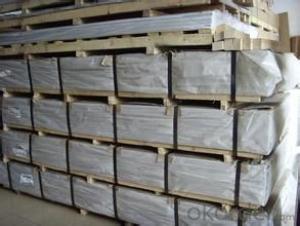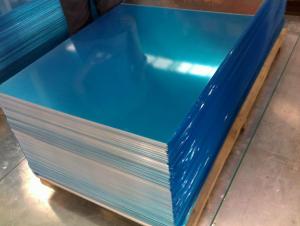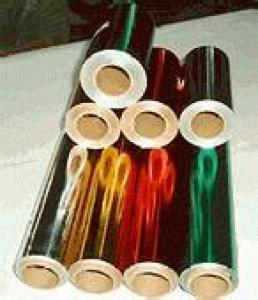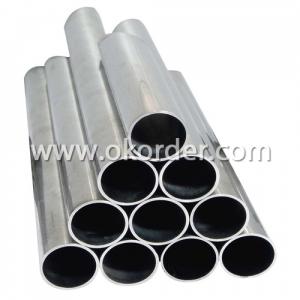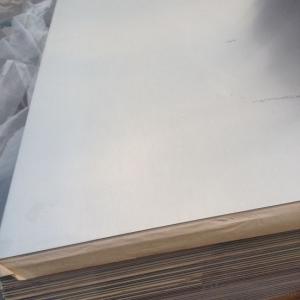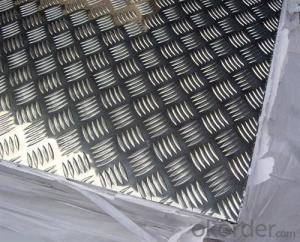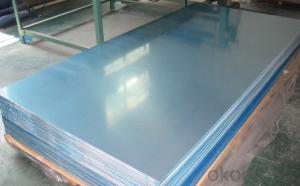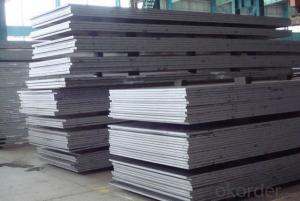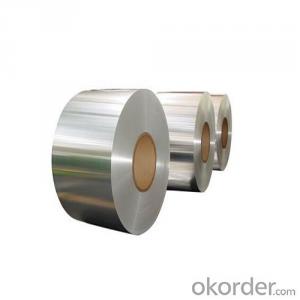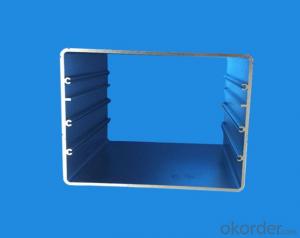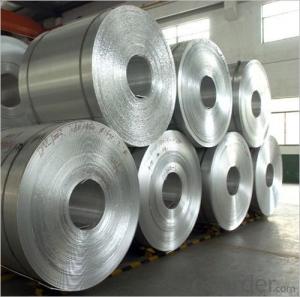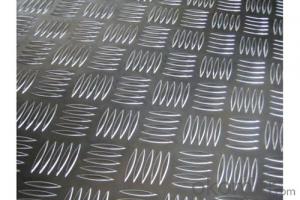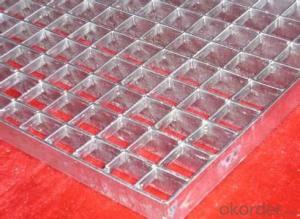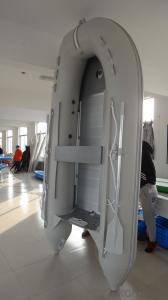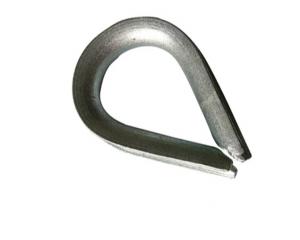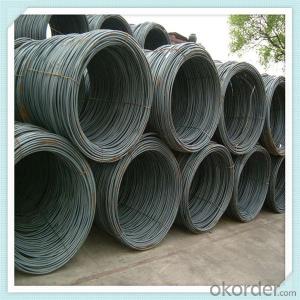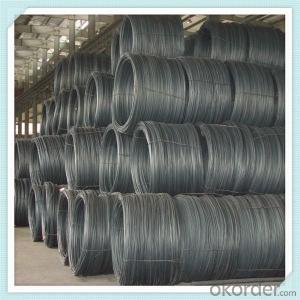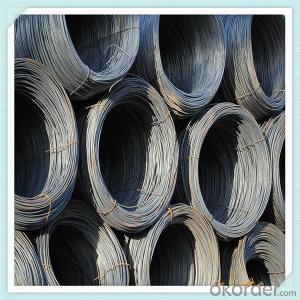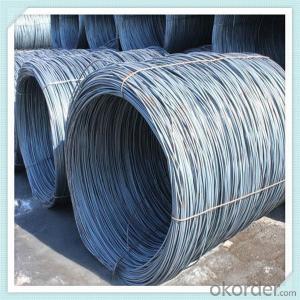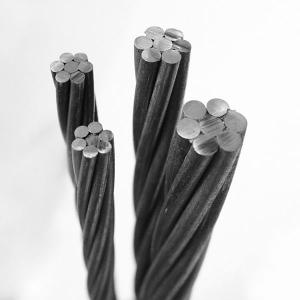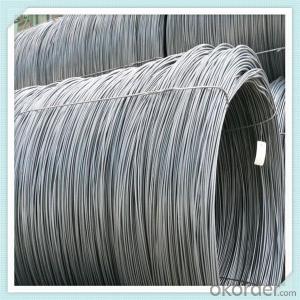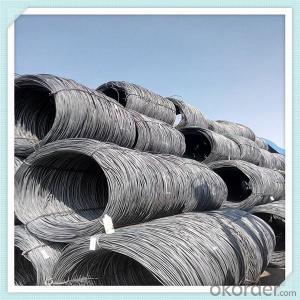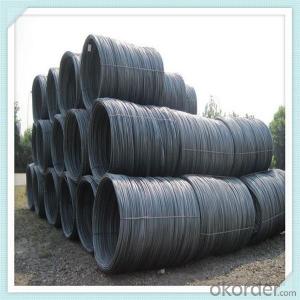1 8 Thick Aluminum Plate
1 8 Thick Aluminum Plate Related Searches
1 8 Inch Thick Aluminum Plate Aluminum Plate 1 8 Thick 1 8 Aluminum Plate 1 8 Inch Aluminum Plate 1/8 Thick Aluminum Plate 1/8 Inch Thick Aluminum Plate 3 8 Thick Aluminum Plate Aluminum Plate 1/8 Thick 3 8 Inch Thick Aluminum Plate 1 Thick Aluminum Plate 1 Inch Thick Aluminum Plate 8 Inch Aluminum Plate 1 8 Aluminum Diamond Plate 1 8 In Aluminum Plate 1/8 Inch Aluminum Plate 1 8 Aluminum Checker Plate 3/8 Thick Aluminum Plate 1 2 Thick Aluminum Plate 1 8 Inch Diamond Plate Aluminum Aluminum Plate 1 Inch Thick 1 8 Inch Aluminum Diamond Plate Bending 1 8 Aluminum Plate Aluminum 1/8 Plate 5 8 Aluminum Plate Aluminum Plate 3/8 Thick 3 8 Inch Aluminum Plate 1/8 Aluminum Plate 1 8 Aluminum Plate Weight 1 4 Thick Aluminum Plate Aluminum Plate 1/81 8 Thick Aluminum Plate Supplier & Manufacturer from China
1/8 Thick Aluminum Plate is a versatile product that is widely used in various industries due to its durability and lightweight properties. This specific thickness of aluminum plate is ideal for applications that require a balance between strength and flexibility, making it a popular choice for construction, automotive, and aerospace industries. The 1/8 Thick Aluminum Plate is known for its excellent corrosion resistance and can be easily formed and welded, which further enhances its utility in a multitude of applications.The 1/8 Thick Aluminum Plate is utilized in a broad range of scenarios, from structural components in buildings to intricate parts in machinery. Its ability to withstand high temperatures and resist wear makes it a preferred material for high-performance applications. Additionally, the 1/8 Thick Aluminum Plate can be anodized or painted, providing a customizable finish that suits the specific needs of various projects. This product's adaptability and performance make it a valuable asset in the manufacturing and construction sectors.
Okorder.com is a reputable wholesale supplier of 1/8 Thick Aluminum Plate, boasting a large inventory to cater to the diverse needs of customers. With a commitment to quality and customer satisfaction, Okorder.com ensures that the 1/8 Thick Aluminum Plate they provide meets the highest industry standards. Their extensive stock allows for quick turnaround times and efficient delivery, making them a reliable choice for businesses seeking a dependable source for this essential material.
Hot Products

